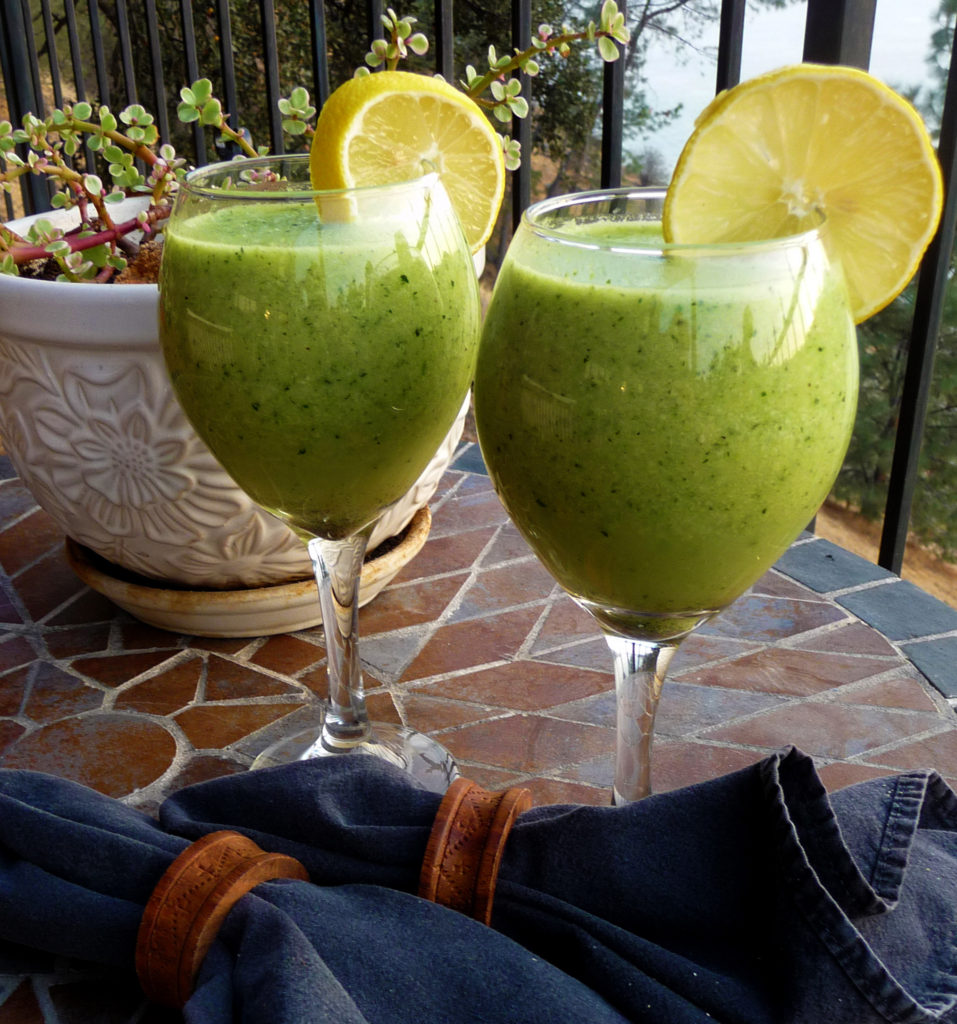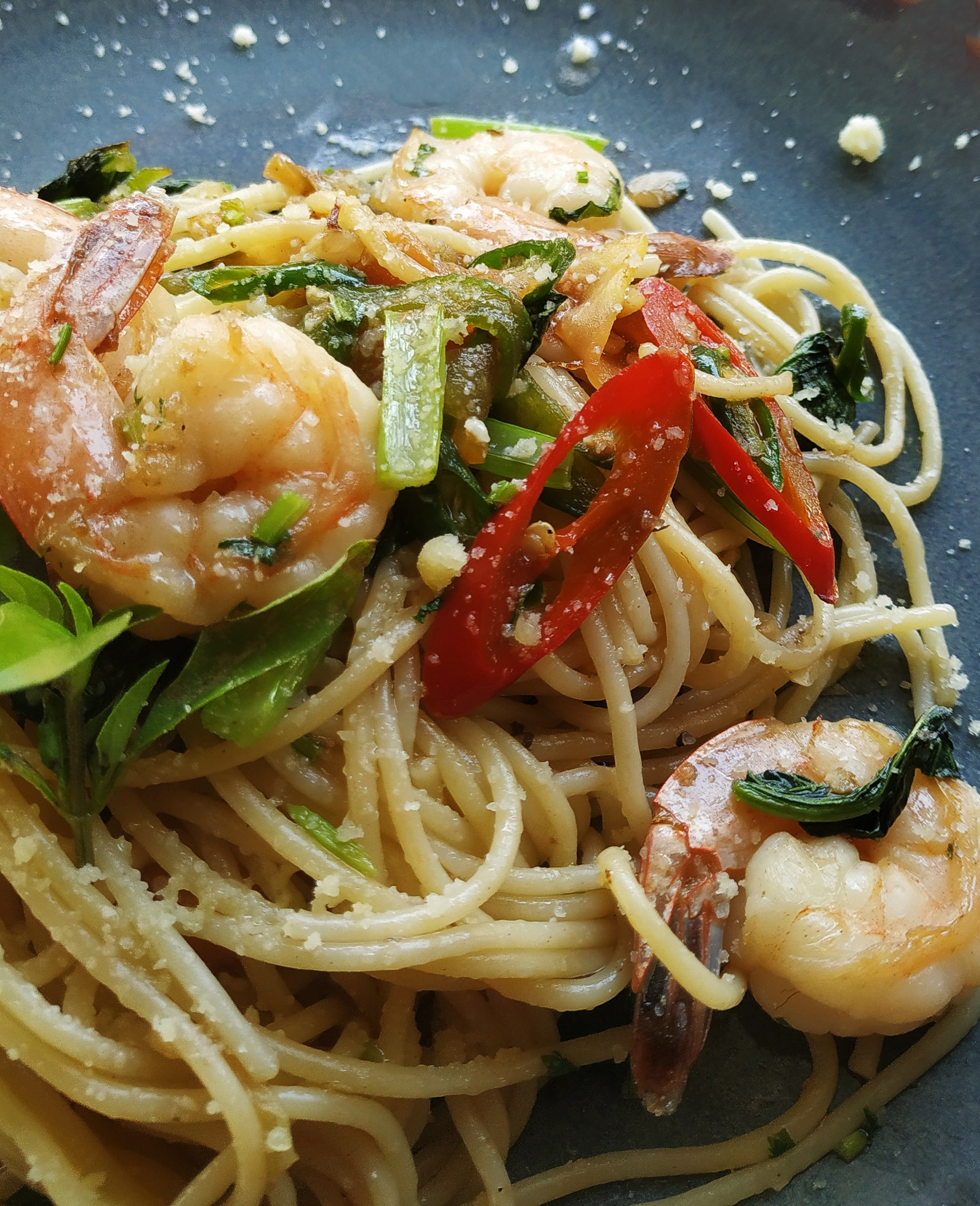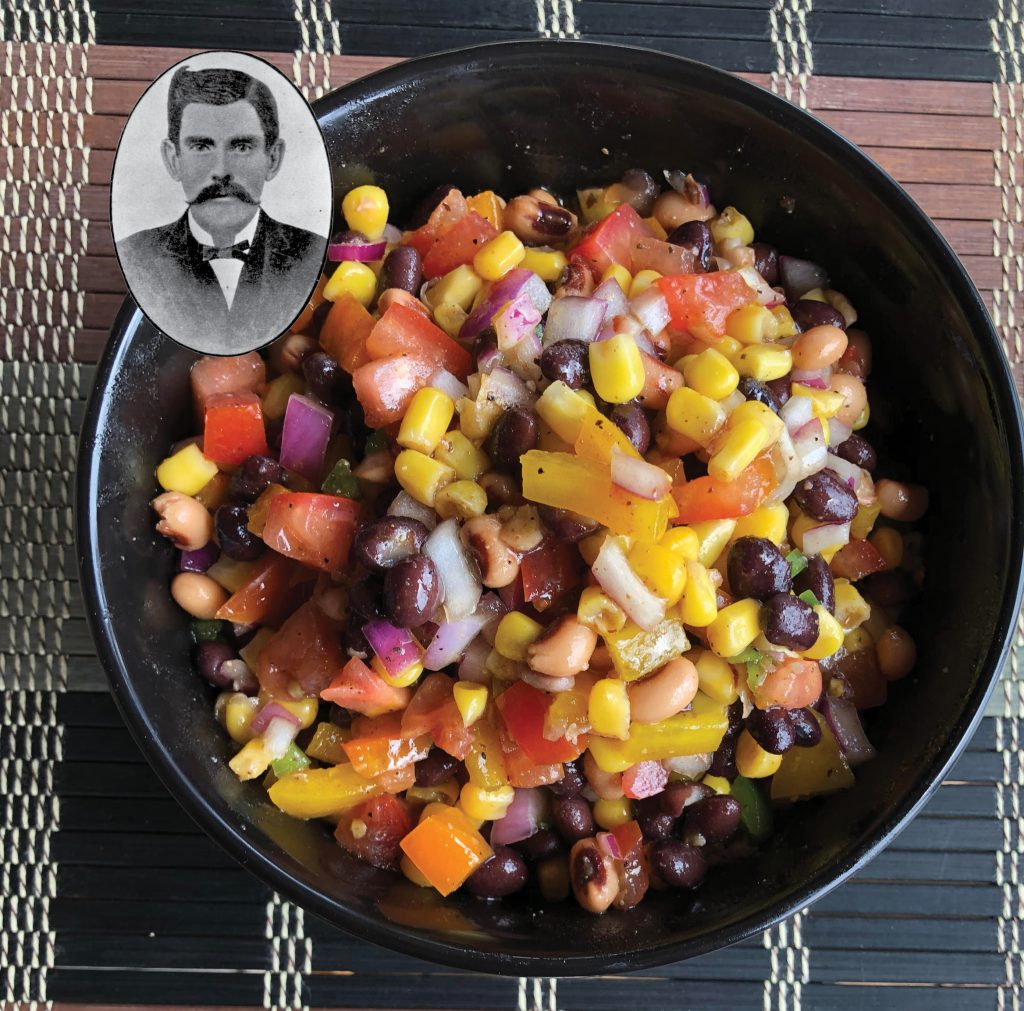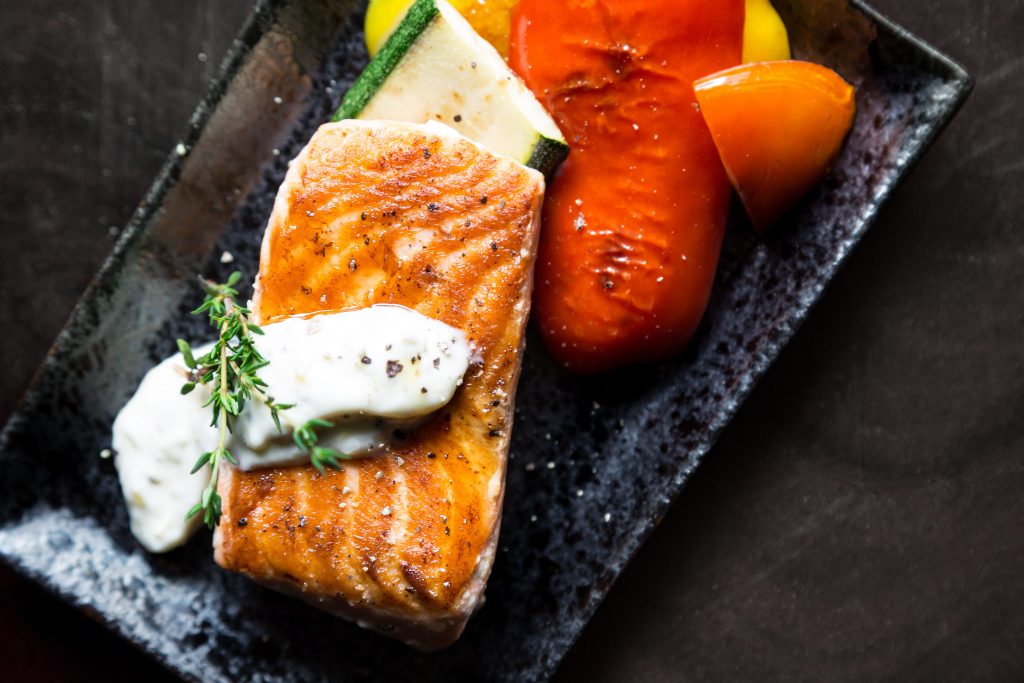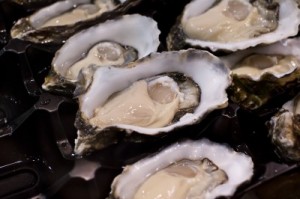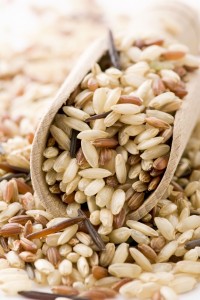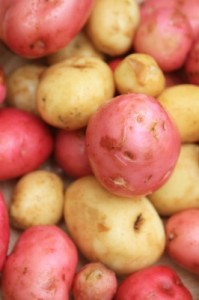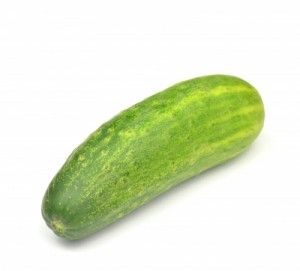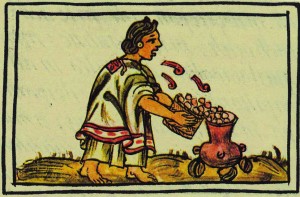— Basque Shepherd’s Pie —
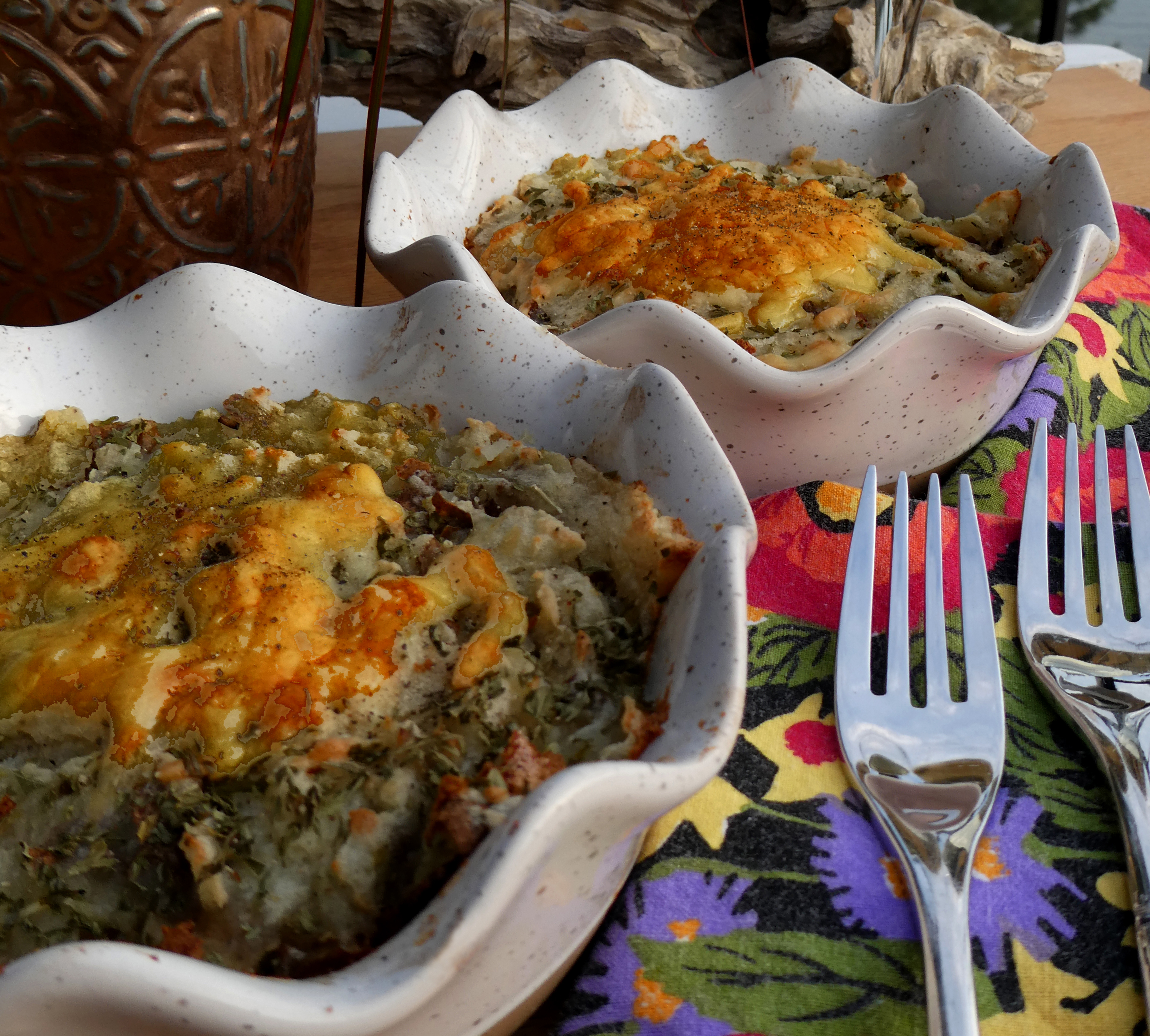
Page 796 of Mrs. Beeton’s Book of Household Management (1907) places recipe number 1427, Shepard’s Pie, below recipe 1426, Sheep’s Tongues, and above recipe 1428, Toad-in-the-Hole.
Recipe 1426 calls for a tin (!) of, you guessed it, sheep tongues. I’ll leave you wondering what recipe 1428 calls for.
——-
Apparently, there is no verifiable record of where shepherd’s pie originated. Someplace in the United Kingdom seems most likely.
While there are no claims to be found that it originated in the area known as Basque Country—the area where Spain kisses France—there is a tendency to connect the dish with the Basques.
And why not?
Chinese chicken salad was invented in Santa Monica.
Swiss steak has nothing to do with the land of anonymous bank accounts.
The celebrated Cuban sandwich was created by cigar makers in Key West, Florida.
In fact, if you want to get technical, this recipe should properly be titled “cottage pie” since it is made with beef and not lamb.
And why didn’t I suggest you use lamb? First, it’s not all that easy to find ground lamb and lamb has nearly twice the calories as 94% fat-free beef.
You’ll Need:
1 ½ lbs. russet potatoes
1 lb. 94% fat-free ground beef
1 cup chopped onion (red or yellow)
1 cup frozen corn
1 cup frozen green peas
2 tbsp Worcestershire sauce
1 cup low fat mozzarella, grated
1 cup beef bullion
1 cup sliced mushrooms (optional)
½ cup celery, chopped (optional)
1 tbsp Worcestershire sauce
Pam or another spray oil
1 ½ tbsp Garlic powder (or two large cloves chopped)
1 tsp salt
2 tsp black pepper
2 tbsp dried parsley
Other spices as you like.
Do This:
Shepherd’s pie may be finished off under the broiler or in a microwave. If you plan on using a boiler, where the cheese and the peaks in the mashed potatoes will brown pleasingly, preheat it.
Wash the potatoes and cut them into thumb-size pieces. Leave the skin on. Place them into a pot and cover with water. Bring to a boil then simmer for about 20 minutes.
While the potatoes are cooking, spray a frying pan with 3 seconds of the oil spray.
Add the ground beef, onions, garlic, salt, and other spices, Place pan over medium heat and stir with a fork now and again until the meat breaks up and it browns nicely.
Add the mushrooms, peas, corn, and celery. Pour in the beef bouillon. Stir once and then simmer for 4-5 minutes.
Strain the potatoes using a colander, put them back in the pan, and mash with a fork.
Place the meat and vegetables mixture into the bottom of a casserole dish. Spoon the mashed potatoes over the top. Sprinkle with the cheese.
Place the dish under the broiler for a few minutes—keep an eye on it—or heat in a microwave on medium for 4-5 minutes.
Serve. Freeze or refrigerate leftovers for another night.
Servings: 6 Calories: 300 Satisfaction: 97
Want to print a copy of this recipe? Click here for a PDF.

